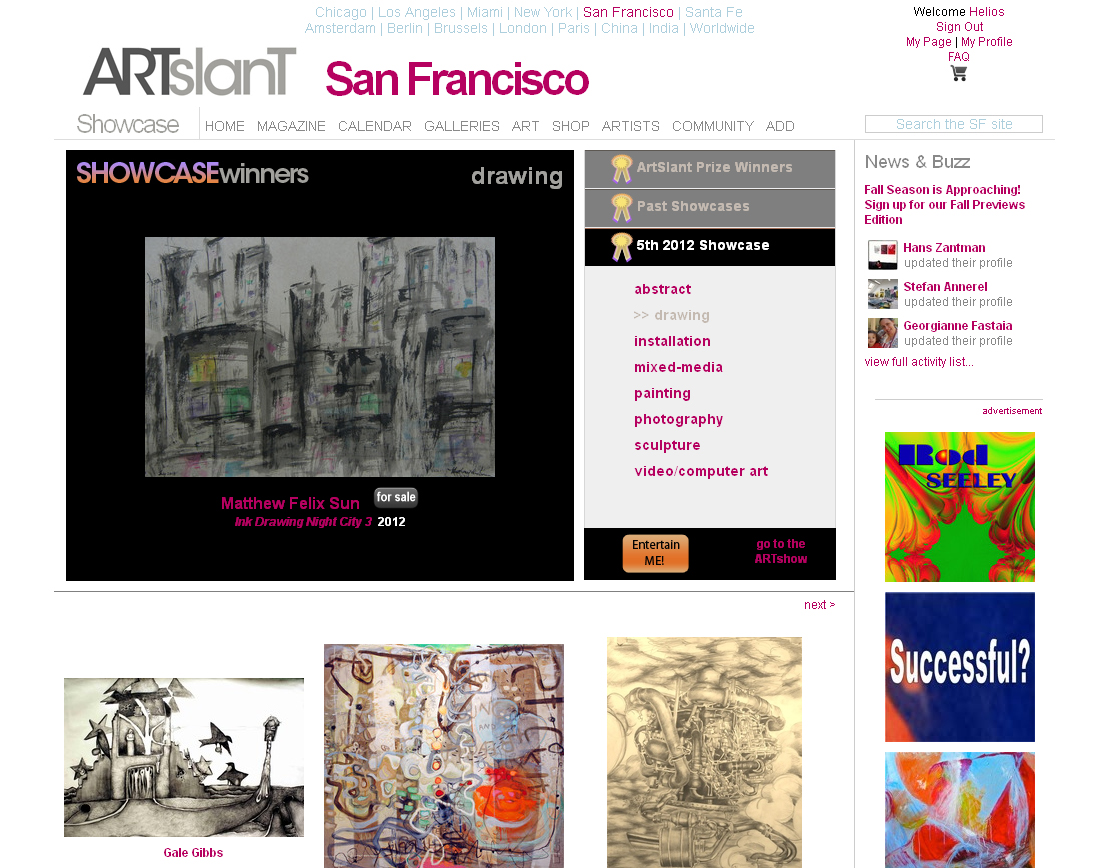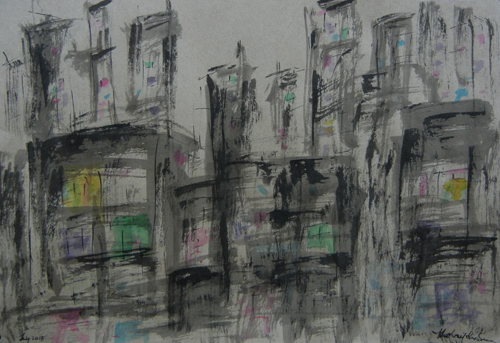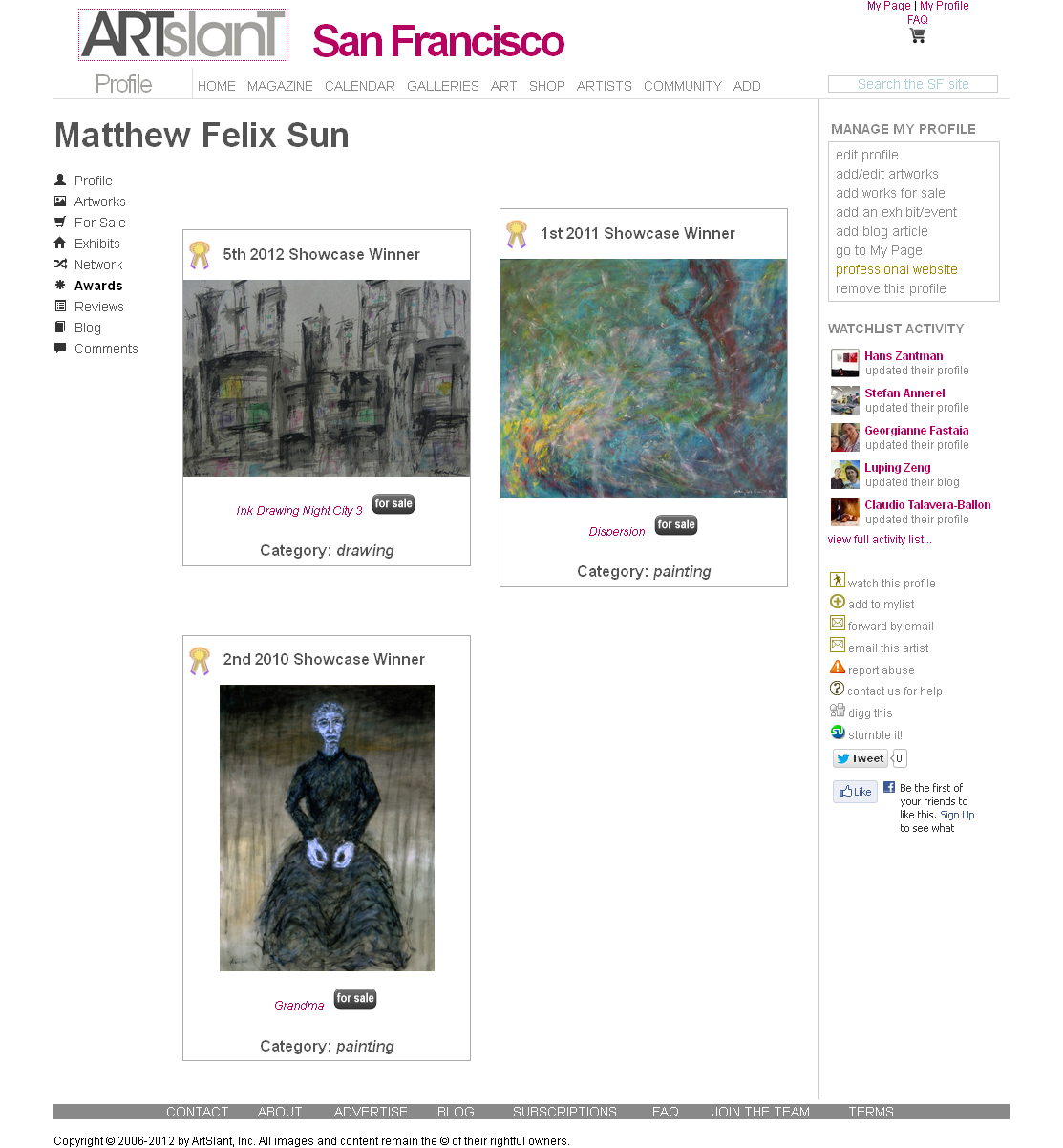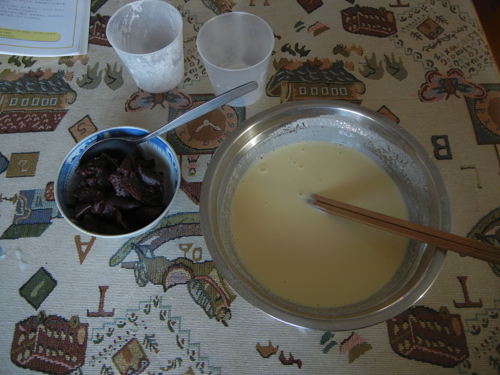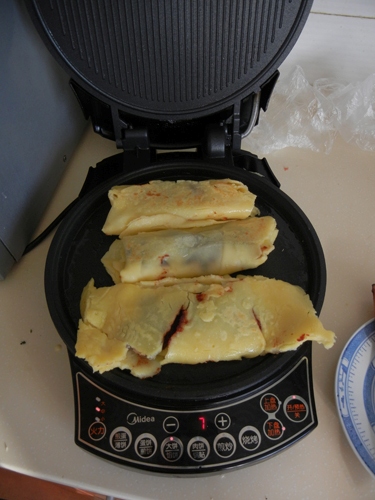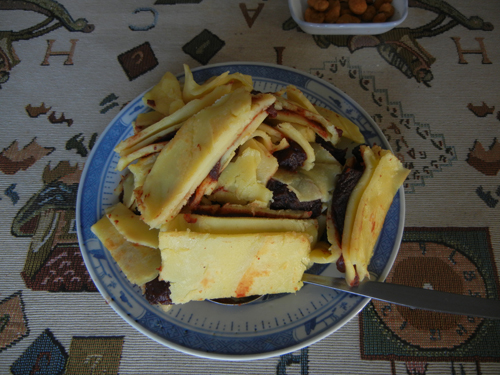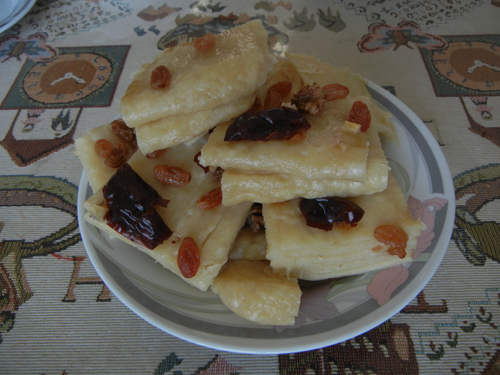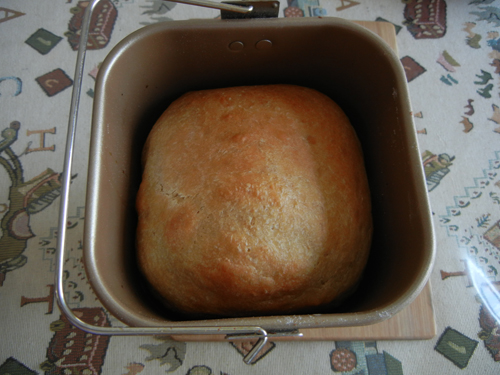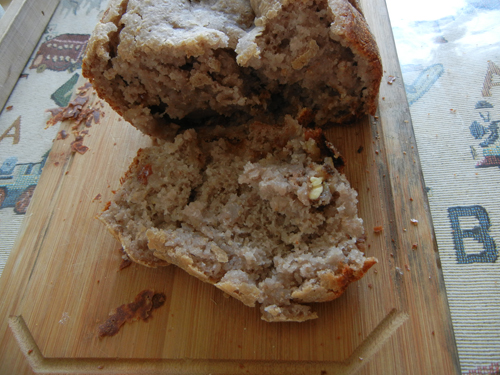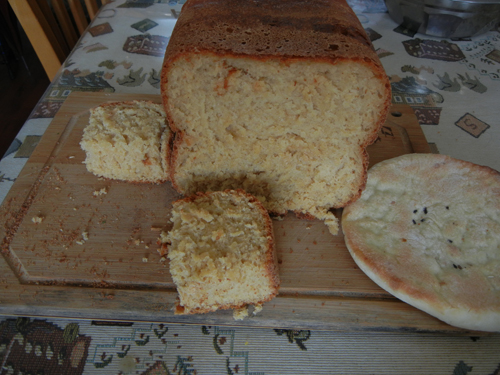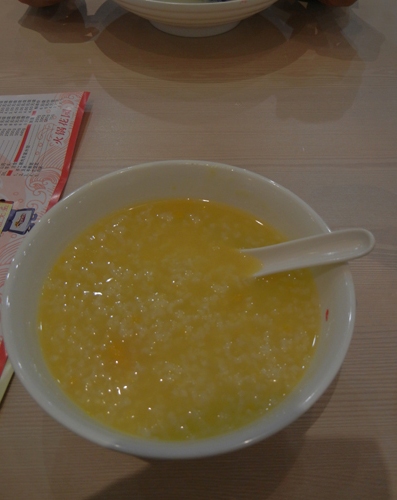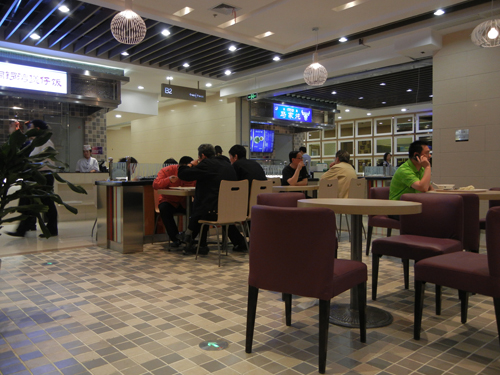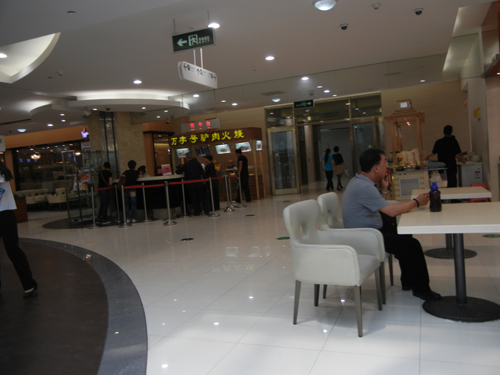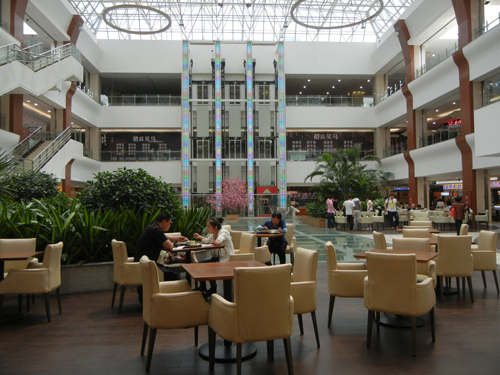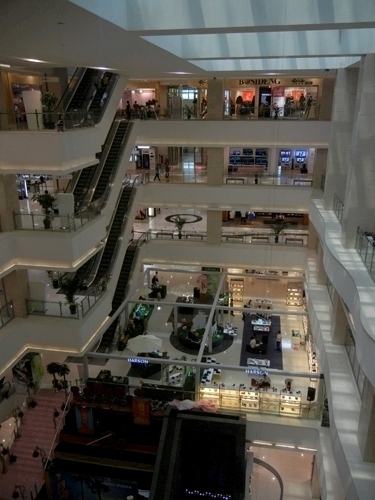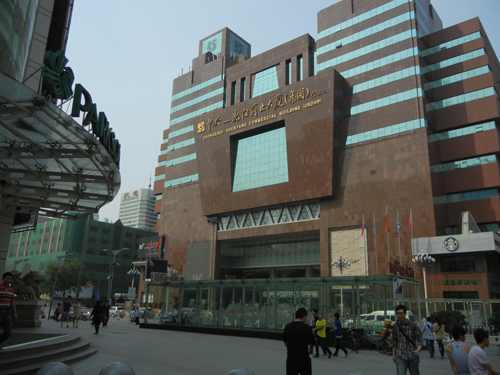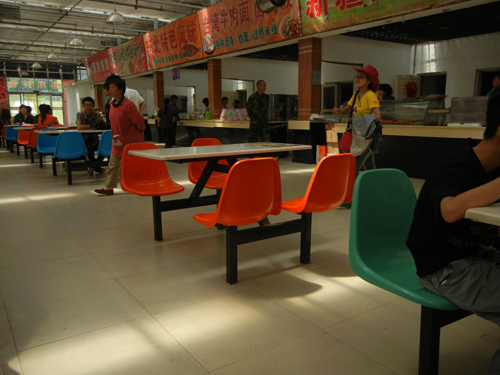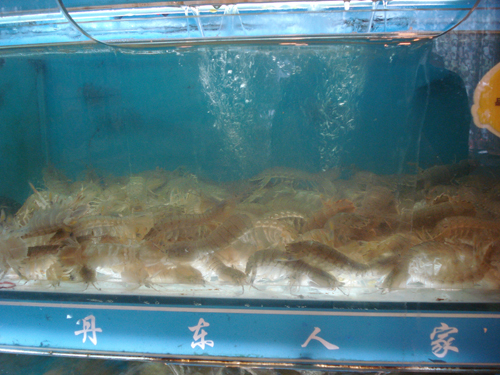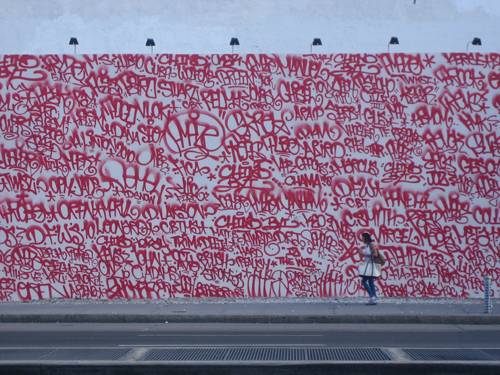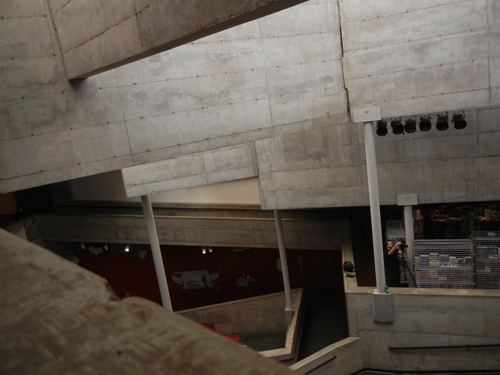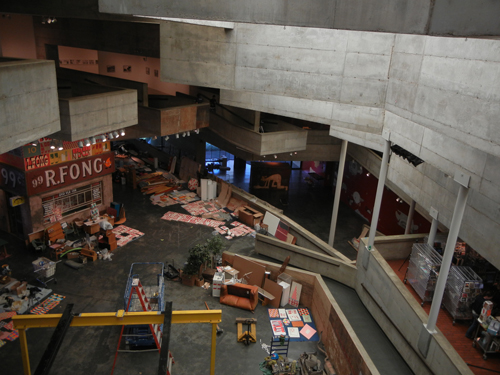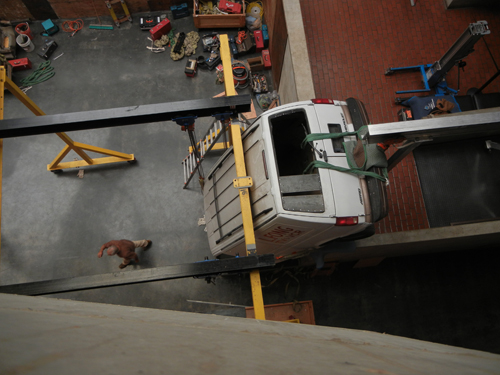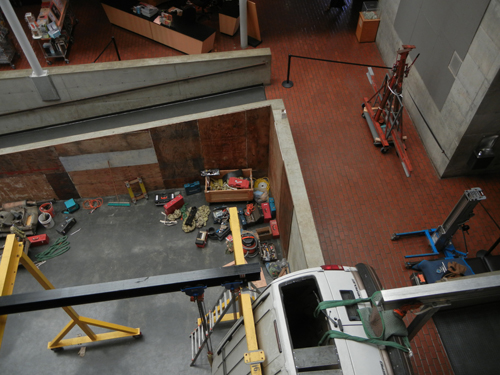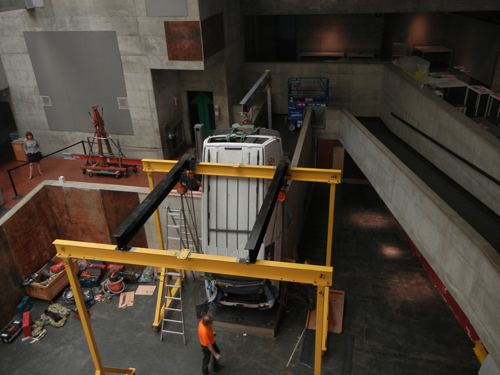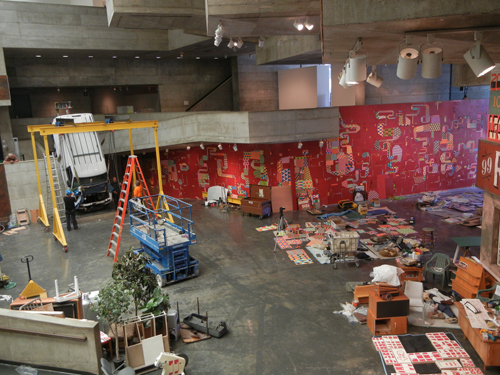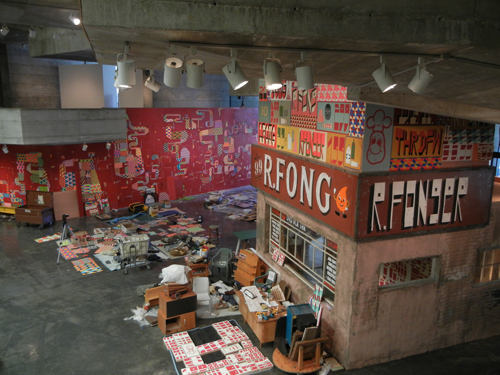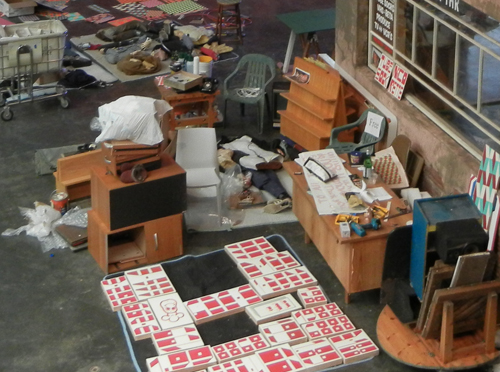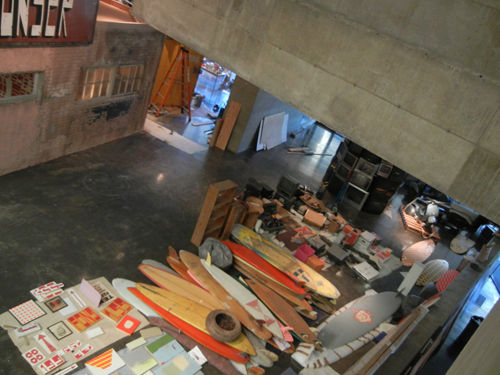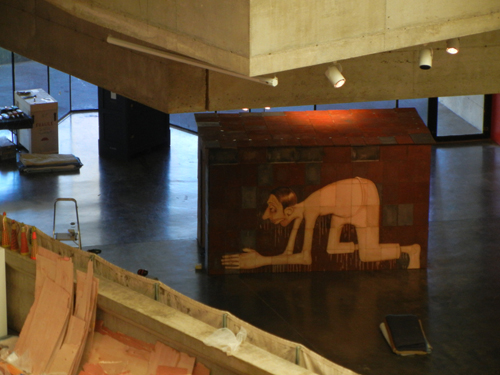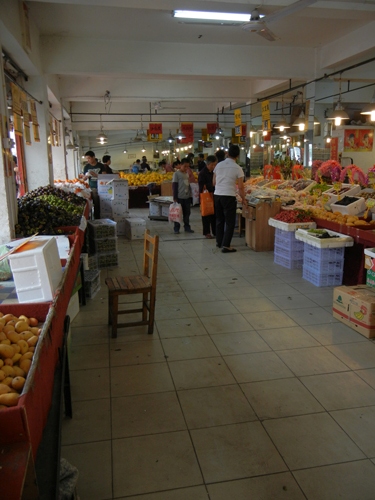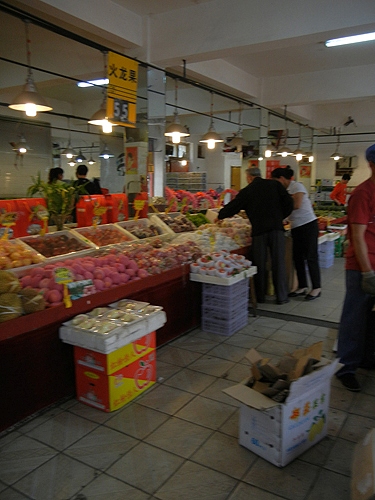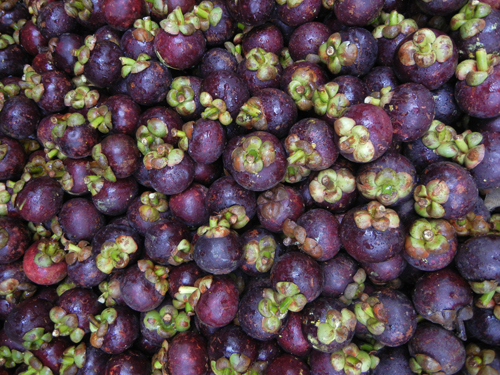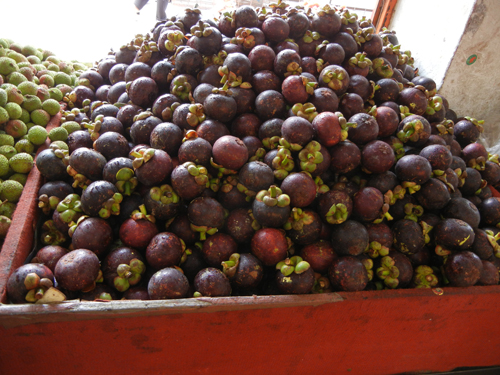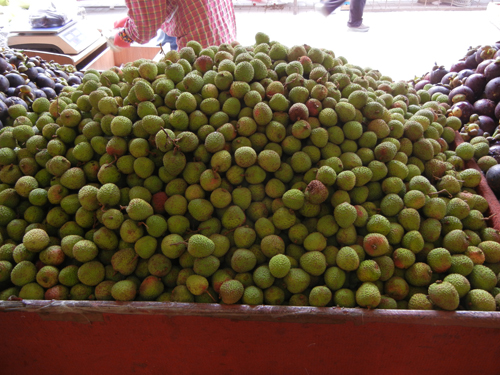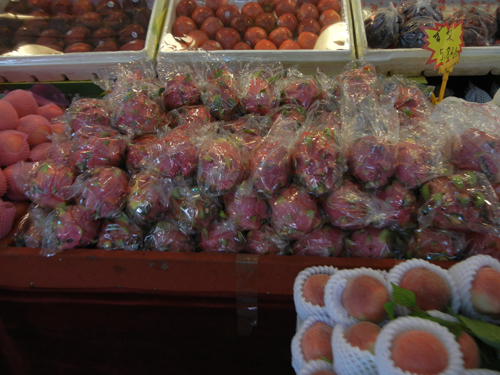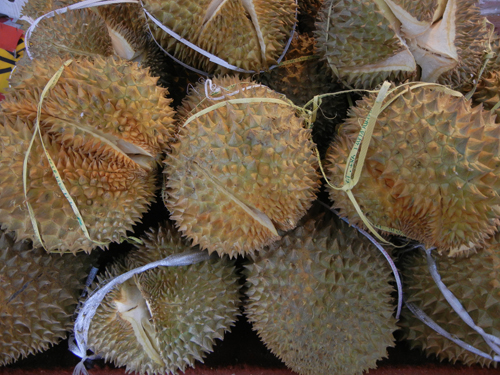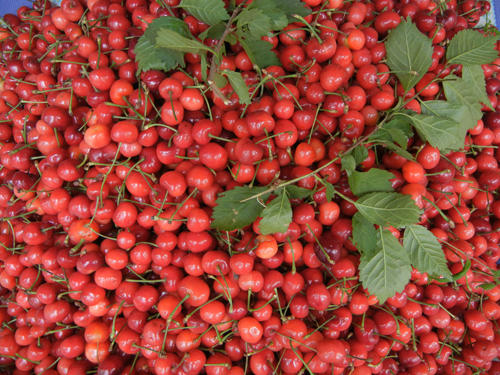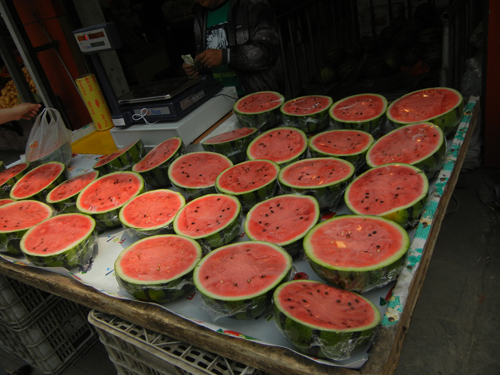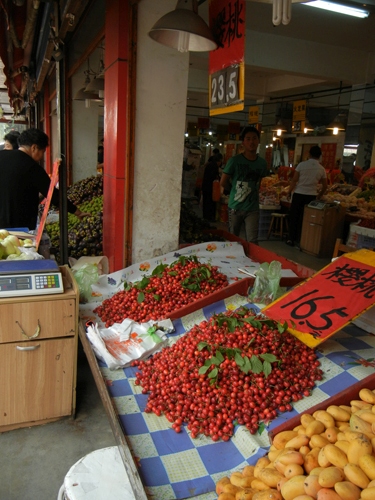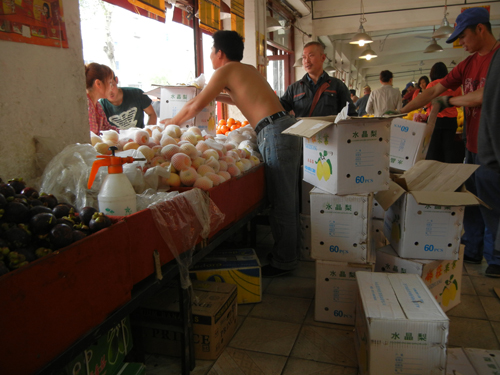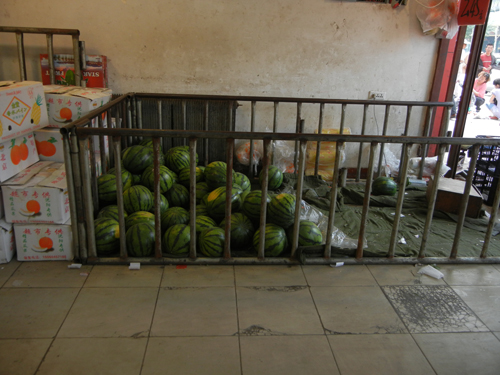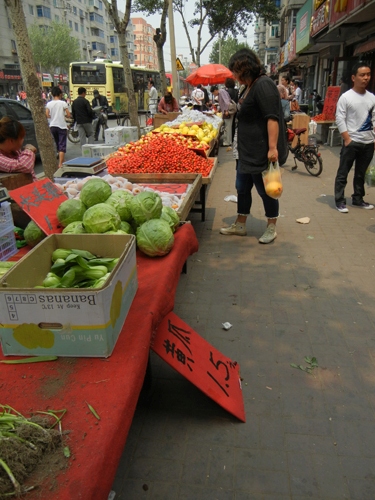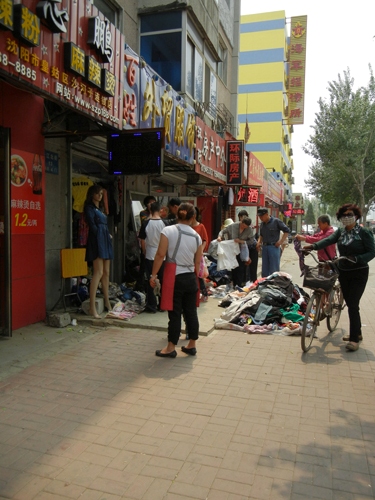London's museum and galleries are astonishingly rich, way beyond the most prominent
the British Museum and
the National Gallery. The somewhat lesser known gallery,
the Courtauld Gallery at Somerset House, London, had a rich collections of Renaissance, Baroque, Impressionism, Post-Impressionism and 20th Century works, many of them iconic.
My favorite paintings there were seminal ones - one was
A Bar at the Folies-Bergère, 1881-2, by Edouard Manet, and was dated as
1882; and the other one was a striking triptych by Peter Paul Rubens,
The Visitation (left panel), The Descent from the Cross (center panel), and The Presentation in the Temple (right panel). The former one was intimate and still and the other public and dramatic.
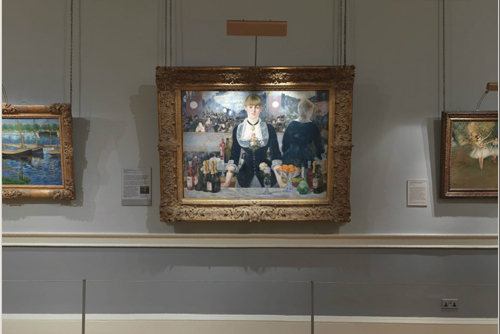 A Bar at the Folies-Bergère, 1881-2, Manet, Edouard,
Date
1882
A Bar at the Folies-Bergère, 1881-2, Manet, Edouard,
Date
1882
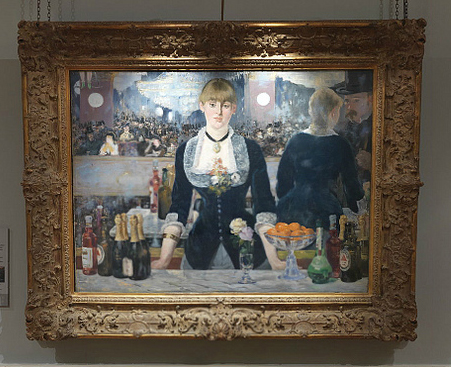
Amongst the artists often grouped together as Impressionists, I am very partial to Manet. I appreciate him very much because he was not merely chasing a certain detached natural effects, rather, he dived deep into human psyche and that meant much more for me. I also love the way he handled dark colors, particularly that of black, which was a true color under his brushes, instead of devoid of color in a minor hands. His characters, elegant, lovely, but often a bit detached and melancholic, a forerunner of Edward Hopper.
In this lovely painting, in the Folies-Bergère, Paris's first music hall, had a notorious reputation as a
place for men to pick up prostitutes. One could see that the barmaid, resigned herself to the scrutinizing gazes from patrons, who we could see on the large mirror behind the pensive barmaid. Manet also presented the back of her, through some optical trickery, and the customer she was serving. She slim figure, tightly laced up, presented her like one of the wine bottles being offered to the patrons. She was there, but also far away. That absence drew us in, so did the impossible relationship between she and the mirror reflecting her back. It perhaps was not scientifically accurate, but it gained much more through such "imperfection".


 Triptych, 1611-1613, Oil on panel,
Peter Paul Rubens
The Visitation (left panel), Height: 83.2 cm; Width: 30.3 cm
The Descent from the Cross (center panel),
Height: 115.2 cm; Width: 76.2 cm
The Presentation in the Temple (right panel),
Oil on panel
Height: 83 cm; Width: 30.4 cm
Triptych, 1611-1613, Oil on panel,
Peter Paul Rubens
The Visitation (left panel), Height: 83.2 cm; Width: 30.3 cm
The Descent from the Cross (center panel),
Height: 115.2 cm; Width: 76.2 cm
The Presentation in the Temple (right panel),
Oil on panel
Height: 83 cm; Width: 30.4 cm
The triptych above by Rubens was startlingly spectacular and emotionally charged, verged on hysteria. The paintings were resolutely catholic and was saved from being vulgar and sentimental by the master's somber coloration and the restrain from the side panels, particularly the
Visitation, which was almost charming, if one overlooked the looming storm in the background and the scarlet robe Mary wore.

 Triptych: The Visitation (left panel) and The Presentation in the Temple (right panel)
Triptych: The Visitation (left panel) and The Presentation in the Temple (right panel)
The crowning achievement of this triptych was the amazing grouping of the central characters - each had their very individual way of coping with the tragic event and the glistering twisted body of Jesus was powerful and godlike, even in its death agony. Its weight, sliding down from the shroud, demonstrated vividly by the supporting John, whose back-bending body added intensity to the drama and his scarlet robe echoed that of Mary's in the
Visitation. Mary herself, mirrored herself in the Presentation almost in the same pose and same robe, though much softer and more worn, with much less brilliance in its color, a mother in deep sorrow, in contrast to the mother of the new born.
 Triptych: The Descent from the Cross (center panel)
My Favorite Museum Collection Series
>> My Favorite Museum Collection Series 47: My Favorite Paintings at Tate Modern Gallery in London
<< My Favorite Museum Collection Series 45: My Favorite Paintings at the Wallace Collection, London
Triptych: The Descent from the Cross (center panel)
My Favorite Museum Collection Series
>> My Favorite Museum Collection Series 47: My Favorite Paintings at Tate Modern Gallery in London
<< My Favorite Museum Collection Series 45: My Favorite Paintings at the Wallace Collection, London
